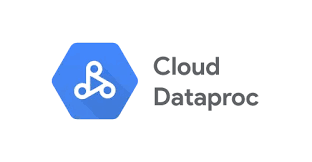Use Case Financial
Futura app
Futura aims to evolve from a fundamentally transactional relationship model to a more relational model in order to improve the look and feel and, altogether, de clients’ experience while using the app. The main areas of this project are: Home, MainCard, Popular Actions, Usual Actions, Smart Valuable Propositions and Smart Servicing. Each collection will have a specific layout in the app and contains useful information catered specifically for each client’s use of the application. Home displays every single collection to showcase as many functionalities as possible. MainCard exhibits the client’s active products: accounts, investment funds, cards, etc. Popular Actions and Usual Actions are the main operations done in the app by clients of the same characteristics of age and expertise: Bizum, turn off the Debit Card, etc. Smart Valuable Propositions and Smart Servicing are recommending systems based on the clients’ past transactions.
Challenges
AWS migration
Currently the bank is switching from on premise to ADA-AWS.
Client profile
The profile of the client is always changing and the SW needs to evolve with it. Successive evolutions of the model.
Team coordination
Not only end to end, but accross geographies. Futura is WIP in ES, CO, PER, MEX, ect.
Solution
Each collection’s Dataprroc job code is scheduled through Control-M. The parameters change according to input dates and the geography of the country of origin. The information is stored in tables owned by each project or uuaa of storage. It will be sent through Data X files to Delfos and, finally, to Front to be represented in the app in intuitive widgets and buttons customized for each client.
The team will ingest and cleanse data. Using clients’ data some clustering, recurrence and forecasting models are trained for some collections, such as Smart Servicing. Other collections only need the layout of products hired by the client.
Tech stack
Results
By increasing the number of digital clients and reducing the reliance on office assistance, the bank can streamline its operations, resulting in significant cost savings and more efficient service delivery. The personalized app, designed to focus on clients’ specific needs, not only enhances the visibility of the bank’s products but also drives greater client engagement. This increased engagement has the potential to boost end-to-end sales (E2E), further optimizing the bank’s offerings and fostering stronger relationships with its customers.








